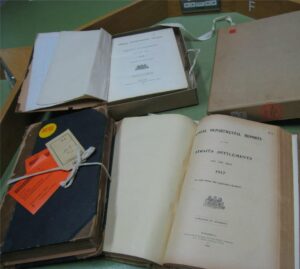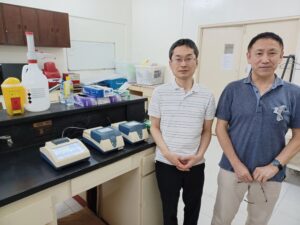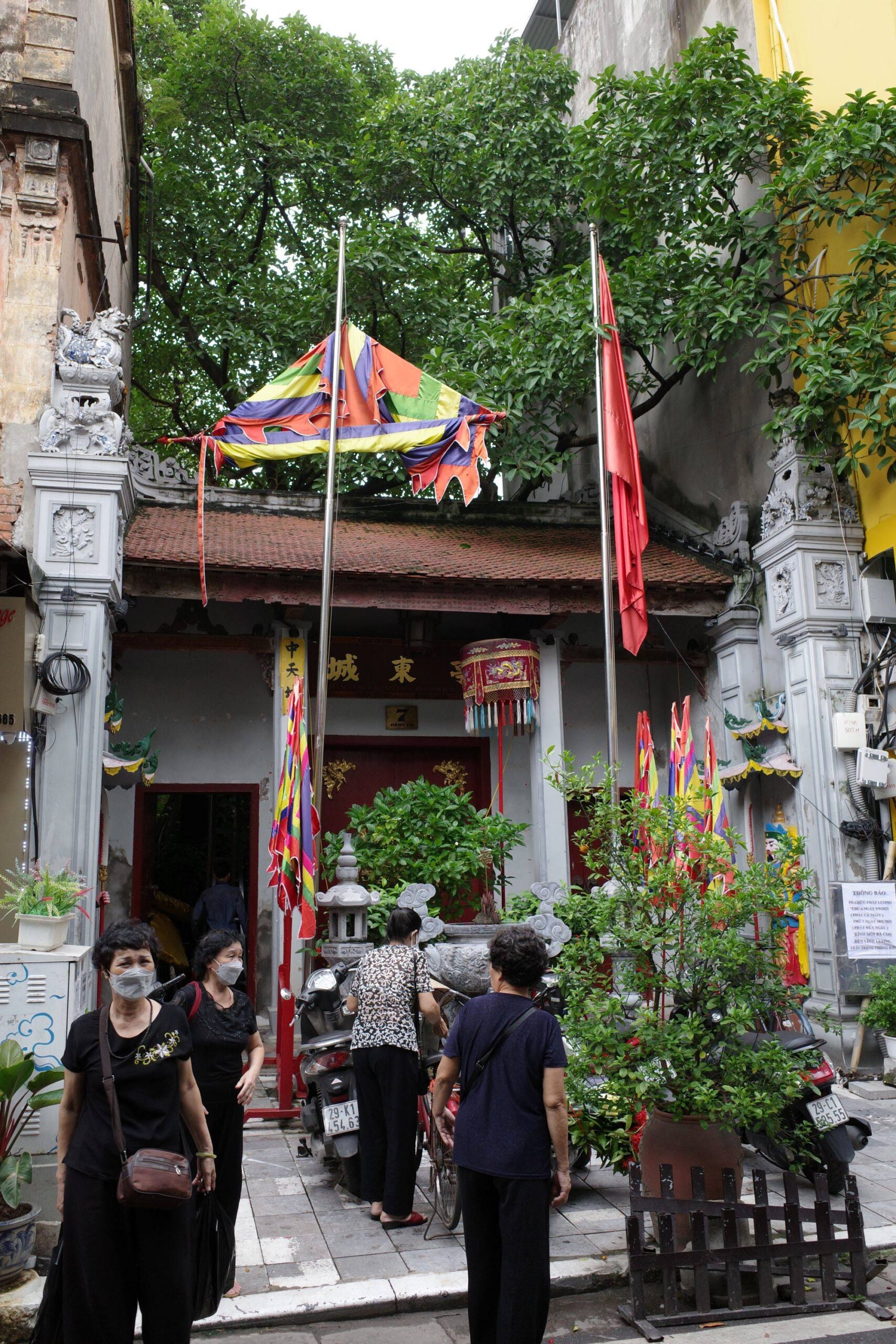研究資源共有化
R4 2-3 「タイのダム湖に⽣息する2種の巨⼤淡⽔⿂における共存メカニズム」(令和4年度 AY2022)
大型動物は大きく成長し、巨体を維持するために大量の餌を必要とするため、ある場所に生息できる種数や個体数が限られる
R4 2-3 "Coexistence mechanisms of freshwater megafishes in a reservoir in Thailand" (R4 AY2022)
Megafauna require a large amount of food sources to maintain body size and growth, which can limit species numbers and/or population size of megafauna in a habitat
R4-5 6-1 「海峡植民地年次報告書統計資料のデータベース化とオンライン公開のこころみ」(令和4-5年度 AY2022 新規)
イギリス植民地「英領マラヤ」は、その統治拠点をシンガポール、ペナン、マラッカを主領域とする海峡植民地(Straits Settlements, SS)とした
R4-5 6-1 "Compilation of Straits Settlements Statistical Data and Release on the CSEAS website" (R4-5 AY2022)
The Straits Settlements (SS) were the administrative bases of British Malaya, whose main territories were Singapore, Penang, and Malacca
R5-6 1-2 「『東南アジア型発展径路』概念の深化に向けたFieldNote Archiveの可能性: インドネシア・南スラウェシを事例として」(令和5-6年度 AY2023 新規)
本年度の研究では、南スラウェシの現況について現地調査によって情報収集するとともに、田中耕司による1980年南スラウェシ現地調査記録の重要部分を、質的資料を位置情報によって世界地図に紐づけできるFieldNote Archiveを利用して整理する
R5-6 1-2 "The Potential of the FieldNote Archive for Deepening the Concept of "Southeast Asian development path": Taking an Example from South Sulawesi, Indonesia" (R5-6 AY2023)
The project consists of the following two activities in FY 2023: fieldwork in South Sulawesi, Indonesia, and historical studies on the development path of South Sulawesi
R4-5 1-4 「マダニ媒介性動物感染症の簡易迅速的な診断法の構築」(令和4-5年度 AY2023 継続)
フィリピンを中心に東南アジアは近年著しい経済成長を遂げ、日本への農畜産品の輸出も急増している
R4-5 1-4 "Establishment of convenient and rapid diagnosis method for tick-borne animal diseases" (R4-5 AY2023)
Southeast Asia, especially the Philippines, has experienced remarkable economic growth in recent years, and exports of agricultural and livestock products to Japan have rapidly increased
R5-6 6-1 「ハノイ旧市街寺社神祠拓本から見る近代以後の都市変容に関する基礎研究」(令和5-6年度 AY2023 新規)
ハノイ旧市街に所在する寺社神祠亭の石碑・梵鐘から採取した碑文拓本をデジタル化し、碑文文言を翻刻する。碑文から読み取れる修築・寄進等製作情報を元に抽出した寺社神祠について、サンプリング実測調査を行う
R5-6 6-1 "Basic study for urban transformation in old Hanoi city based on epigraphic analysis of religious architecture" (R5-6 AY2023)
The old quarter of Hanoi originated from the market town of Ke Cho in the 12th century, having layers of various cultural or religious heritages, which were also transformed through colonization, wars, or economic growth in the 19th to 21st centuries





